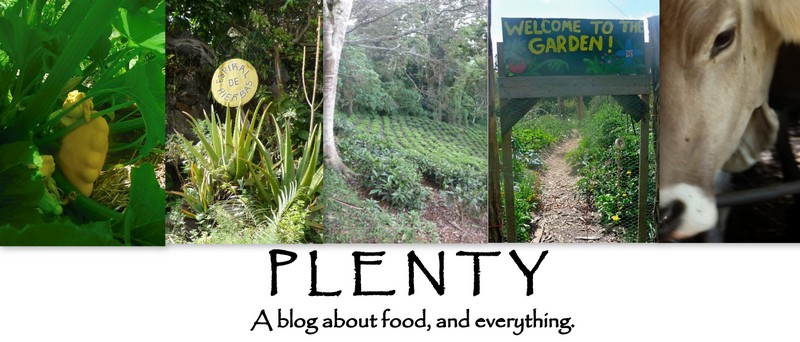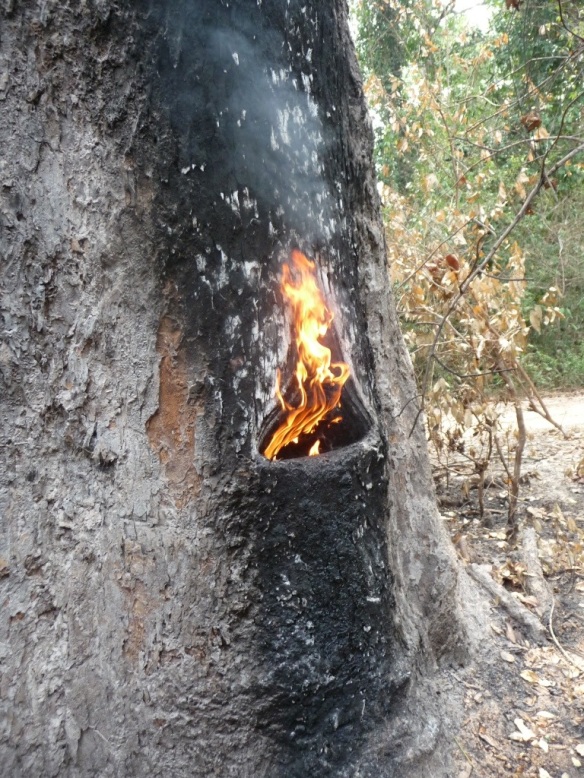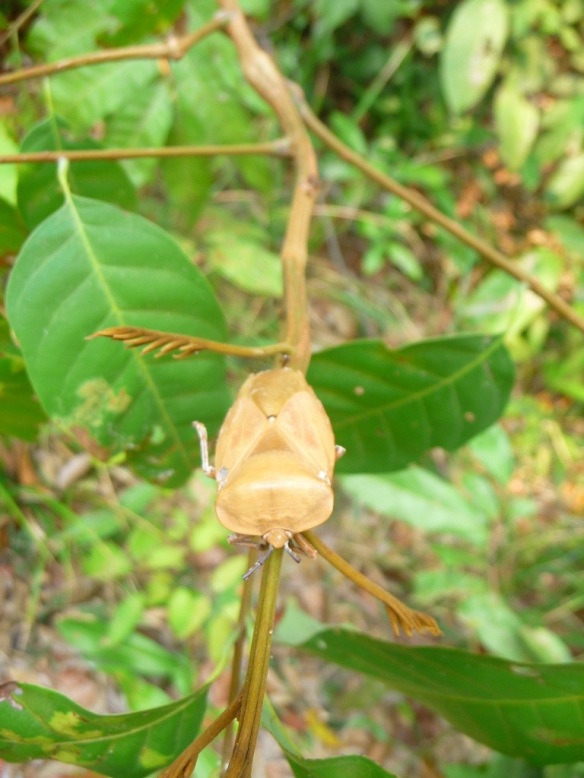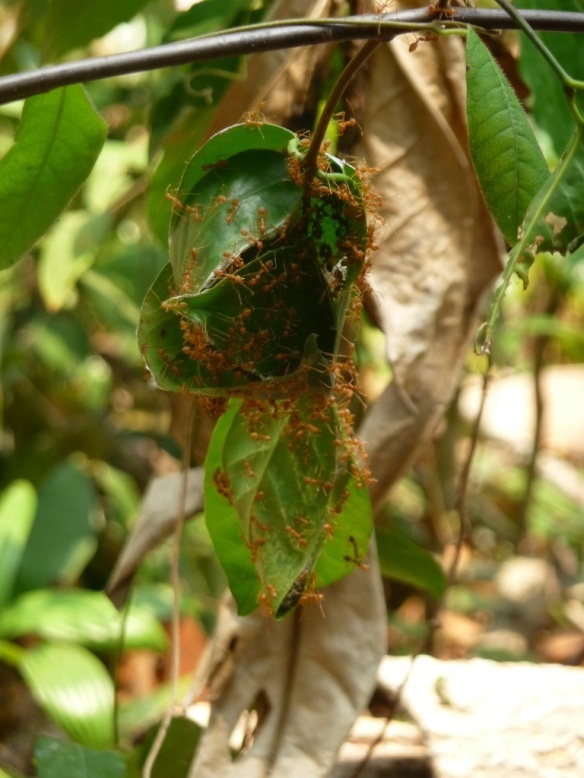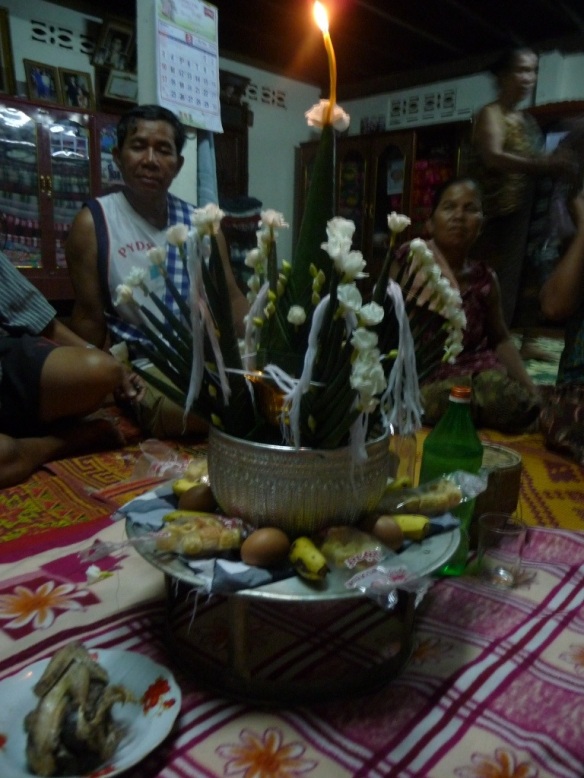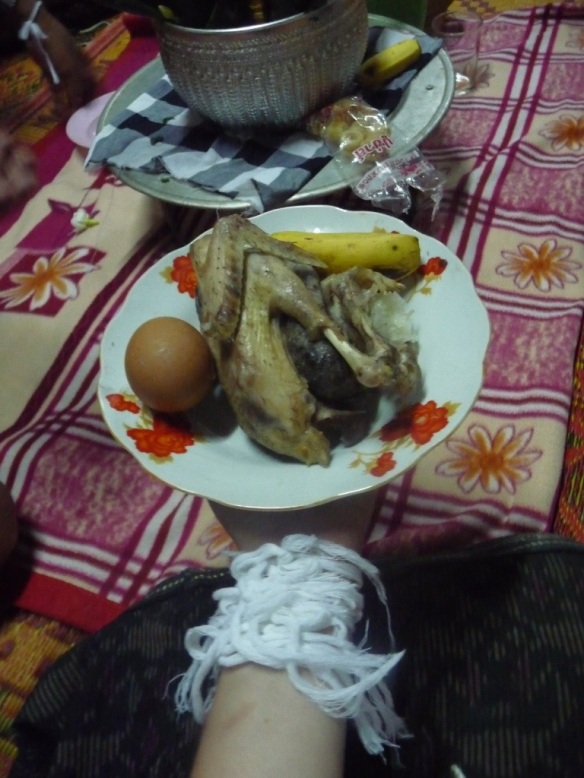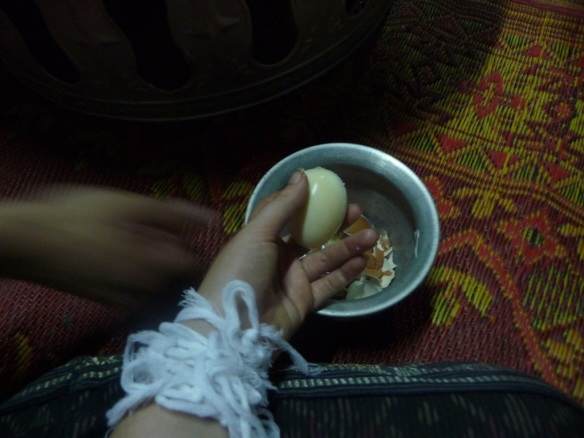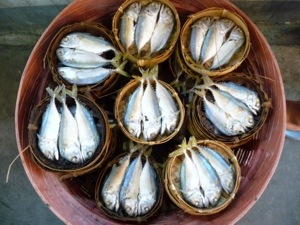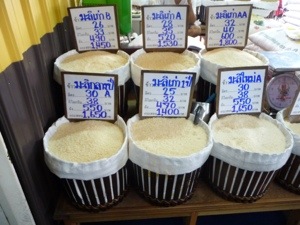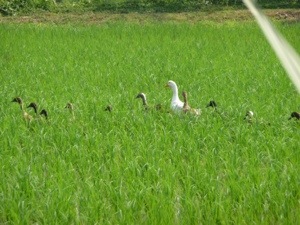When I was in high school, I waited tables at a local diner. By-the-Way family restaurant sat along a bare stretch of single-lane state highway, sharing its parking lot with an auto-body shop; a view of pre-fab log cabin homes, “priced affordably” “come in and check one out today”, ever-present from the front glass windows.
We served all-you-can eat spaghetti on Wednesdays and haddock crunch, battered in corn flakes, on Fridays. We served the food that grandparents and truck drivers wanted to eat, because those were the customers that filled our booths and the stools at the long counter, running the length of By-the-Way family restaurant.
Every plate we served, save for the belgian waffles towering with whipped cream and the slender slices of pie, was served with a garnish: one piece of curly green kale and one thin orange slice. The kale sat rinsed and chopped into aesthetically-appropriate hunks in a white gallon bucket next to the serving line. And every plate of food we served, save for the belgian waffles towering with whipped cream and the slender slices of pie, came back to the dishwasher with one appropriately-sized hunk of raw, green kale. This routine we repeated, on every plate, every day, for years, without ever giving it a second thought.
Until one day, a little boy inquired as I set his plate of chicken fingers and french fries in front of him: “Is this thing edible?”, holding the adornment aloft. “Ummmm, I don’t know. Let me find out.” Back to the kitchen, where I was met with a series of white-coated shoulder shrugs. “I guess you could but I don’t know why you’d want to.” I popped a piece in my mouth for good measure and shook my head in a grimace – not exactly what I’d call “edible”.
And this was everything I knew about kale. Until I got to college and discovered kale lightly sauteed with lemon, balsamic vinegar kale with slivered almonds, and raw massaged kale salad. Until I discovered that the favorite food of yogis and Vermonters was not just a plate garnish, after all. All of this is to say that I just made dinner and it was delicious. And it was cheap. And it had kale in it. So, I thought I’d share it with y’all.
Ravioli, tossed in vodka sauce, on a bed of prosciutto, kale, and pan-roasted cherry tomatoes.
Sounds fancy, right? And expensive. Fortunately, looks can be deceiving. In addition to being delicious, the second and third best parts of this meal were that it took less than 20 minutes and cost about $2. Make this dish when cherry tomatoes are on sale, and vodka sauce, and really – I promise – you only need the tiniest bit of proscuitto.
Recipe (for one, because I’m a single grad-school gal):
A handful of frozen cheese ravioli (6 or 7)
A little less than an ounce of prosciutto, minced
A few leafs of kale, ribs removed, sliced very thin
A small handful of cherry tomatoes, halved
About 1/4c of vodka sauce, enough to coat the ravioli
A dash of italian cheese, if you like
Put your water on to boil and heat a small amount of oil (olive, grapeseed, canola, whatever is on hand) in a skillet. Throw in your minced prosciutto and saute over medium heat for a minute or two. Add your kale, cooking until it starts to become tender and the bright green color comes out. Push to the side of your skillet and throw in your halved cherry tomatoes, sprinkling them with salt, pepper, crushed red pepper, and anything else your heart desires. Once the skin on the tomatoes starts to blister or brown, mix everything together and put it on your plate.
Meanwhile the water has come to boil, and you’ve thrown in the ravioli, which only takes three minutes to cook – because sometimes things are magic like that. The square pockets of pasta will start to rise to the top of the boil, to let you know they’re done. Strain ’em, throw ’em back in the still-hot pot, and toss to coat with vodka sauce. Pour over your kale mixture, top with a sprinkle of parm, and viola — delicious.
What makes this dish so good is its complementary flavors – the saltiness of the prosciutto, the richness of ricotta, the sweet flavor of roasted cherry tomatoes. In the right proportions the flavors complement each other, none overpowering the other.
Cheers, to a little Wednesday night indulgence and a plate full of edible kale. Happy eating!
